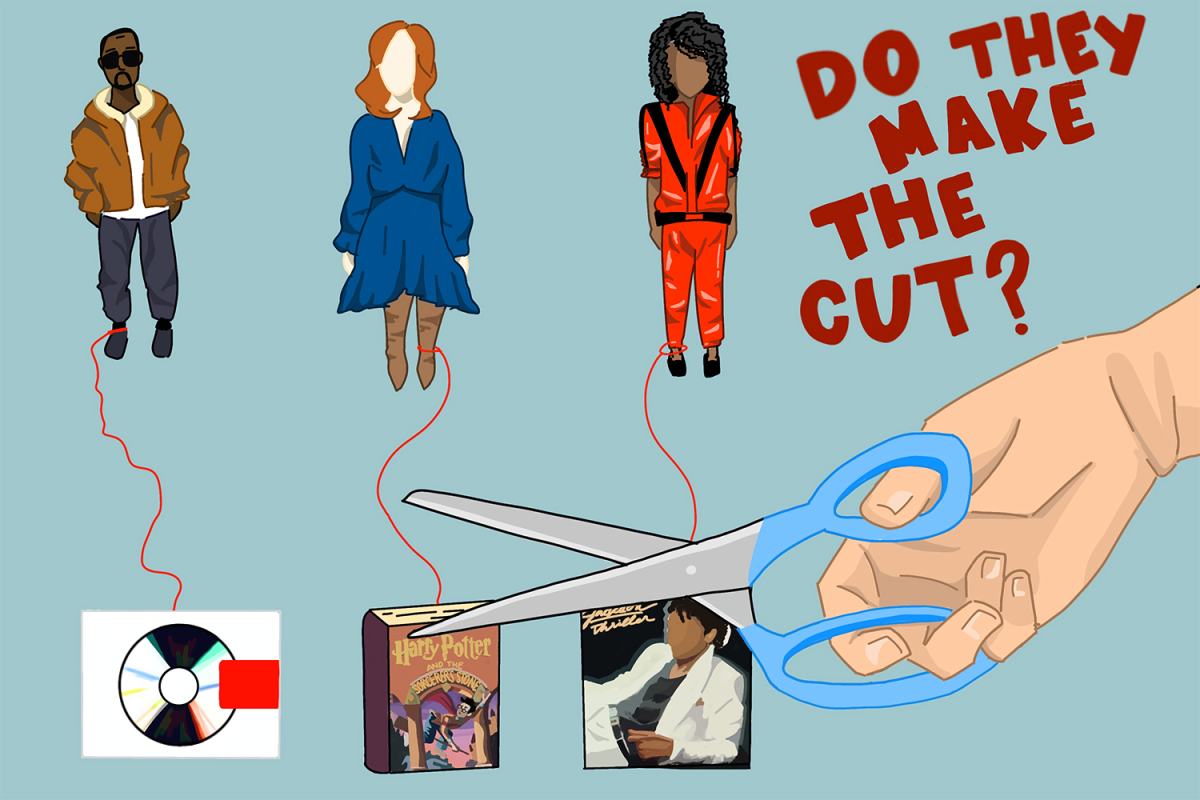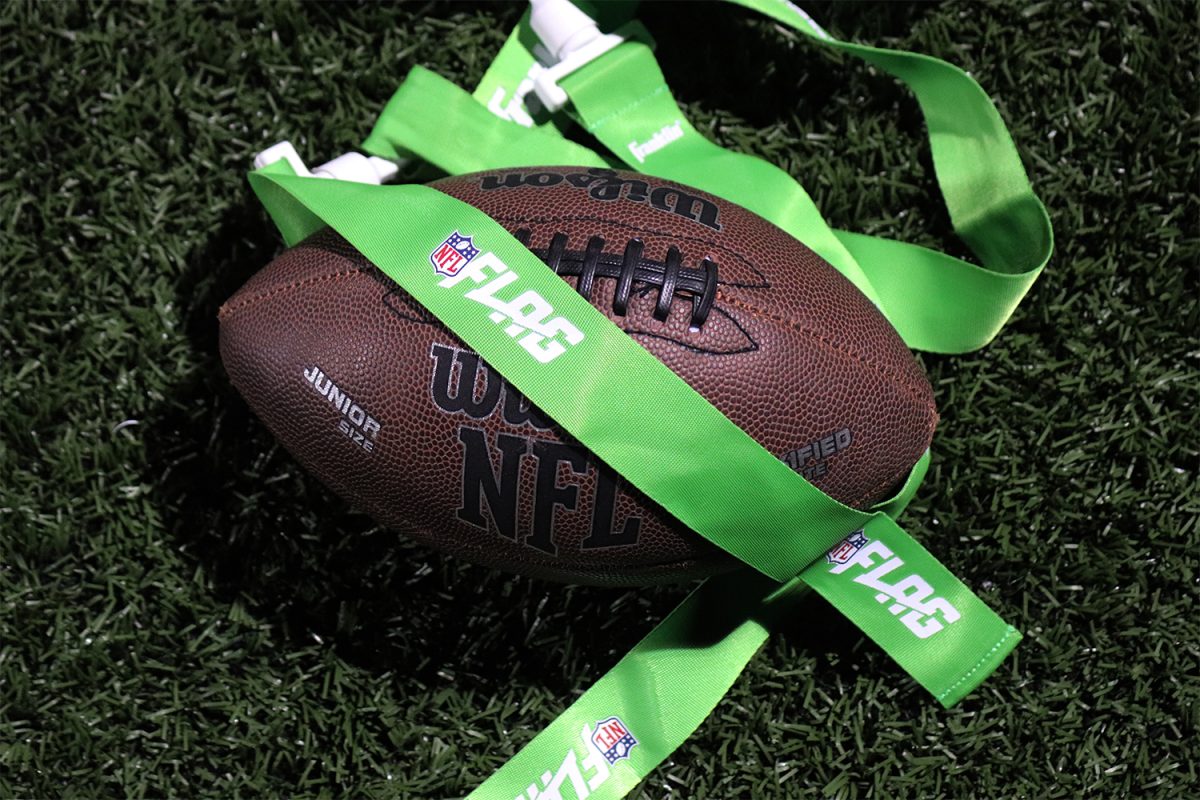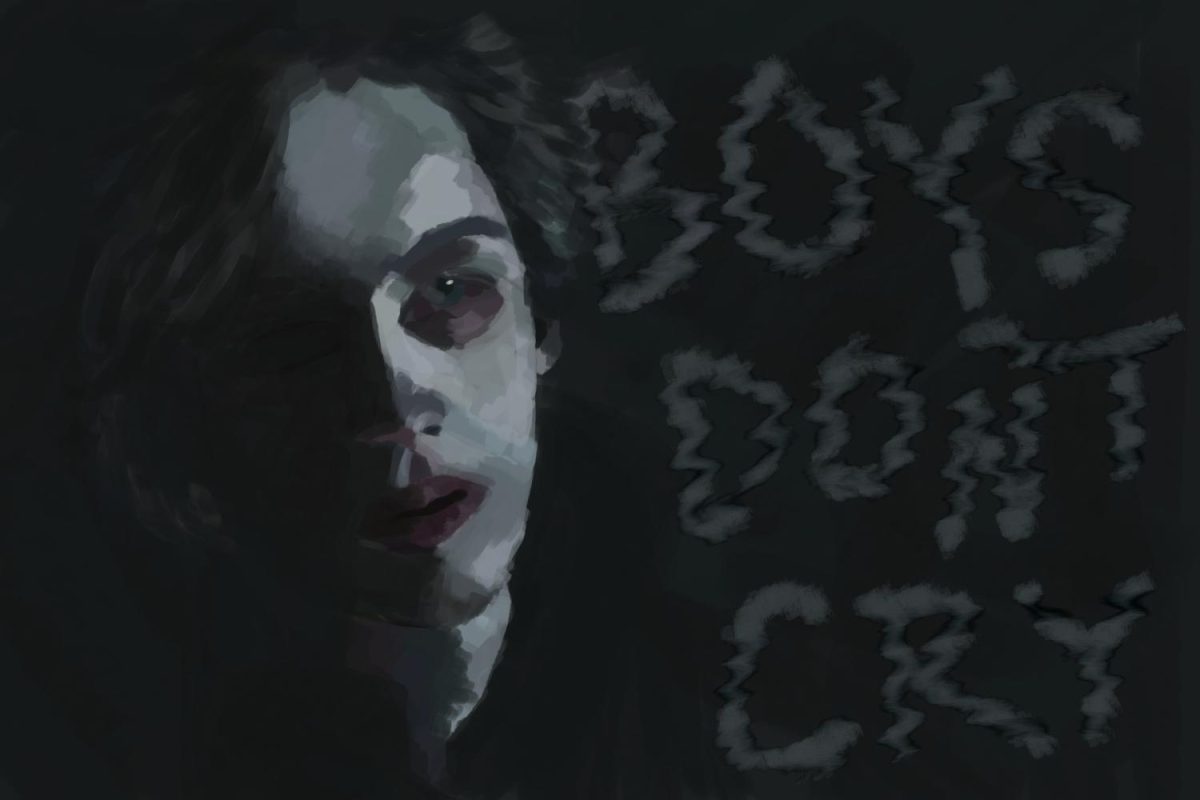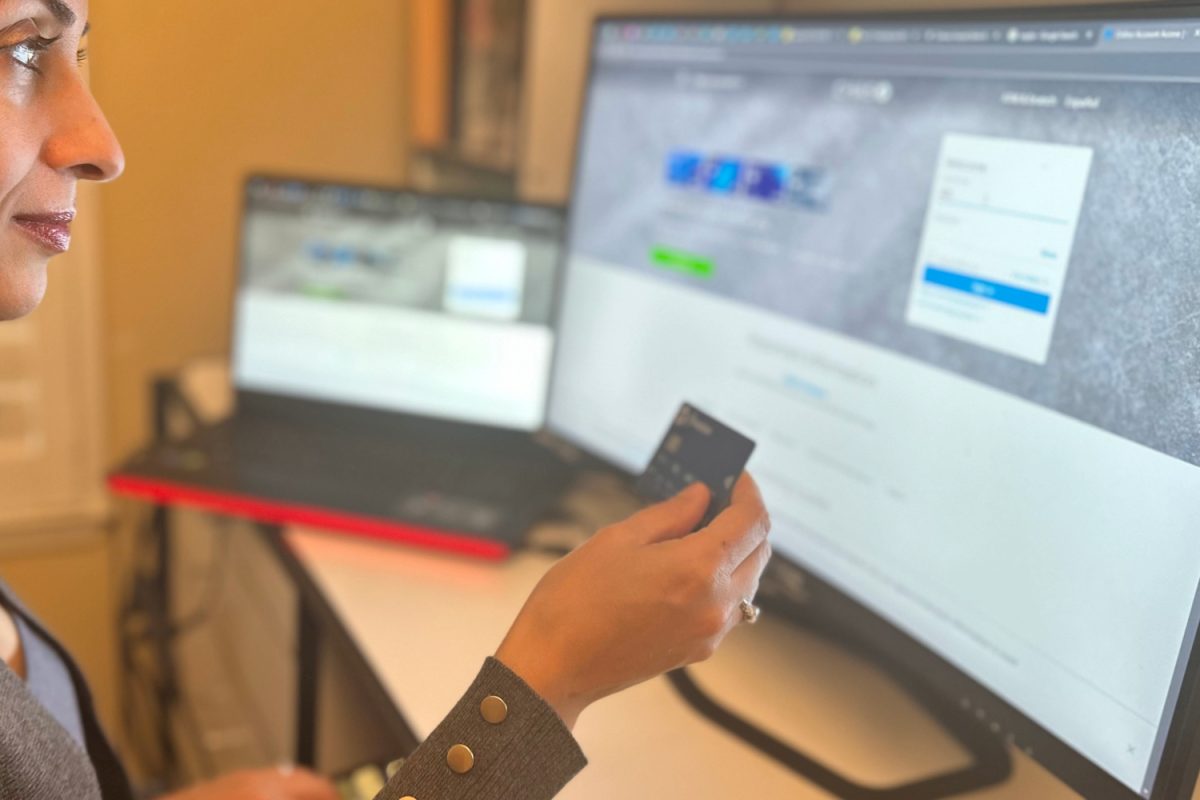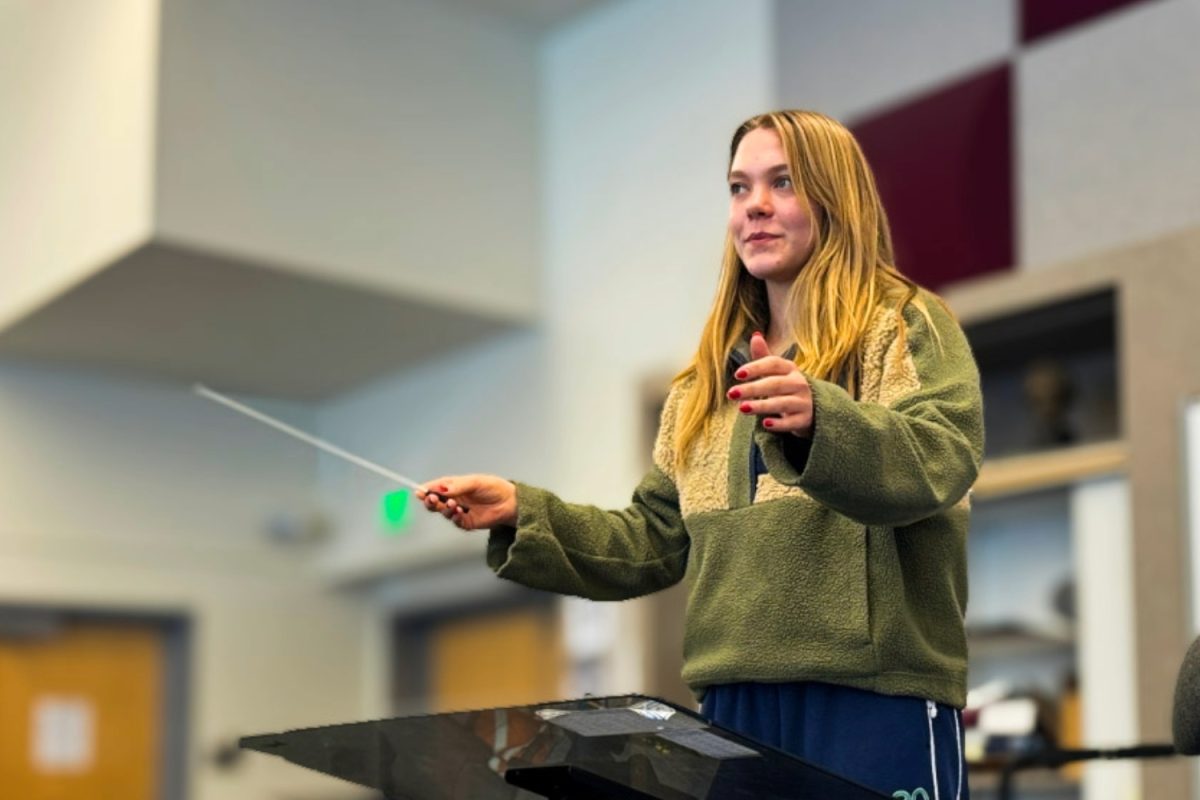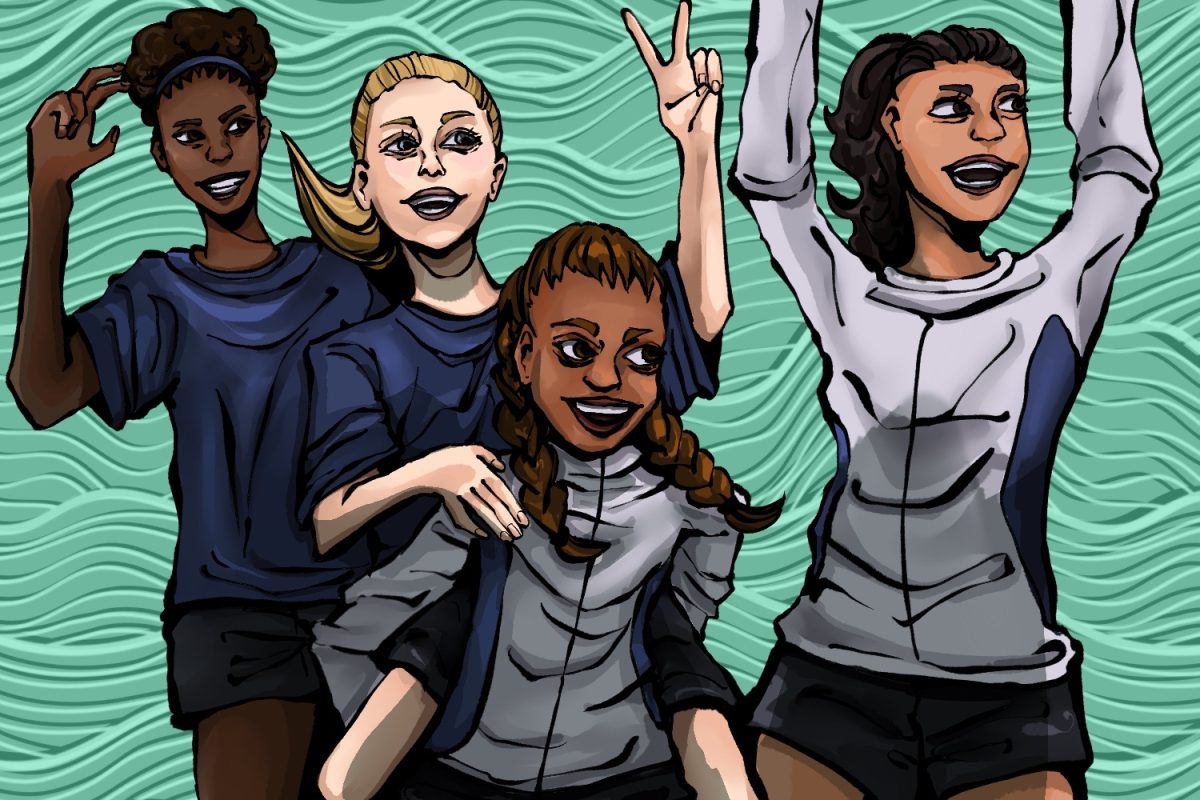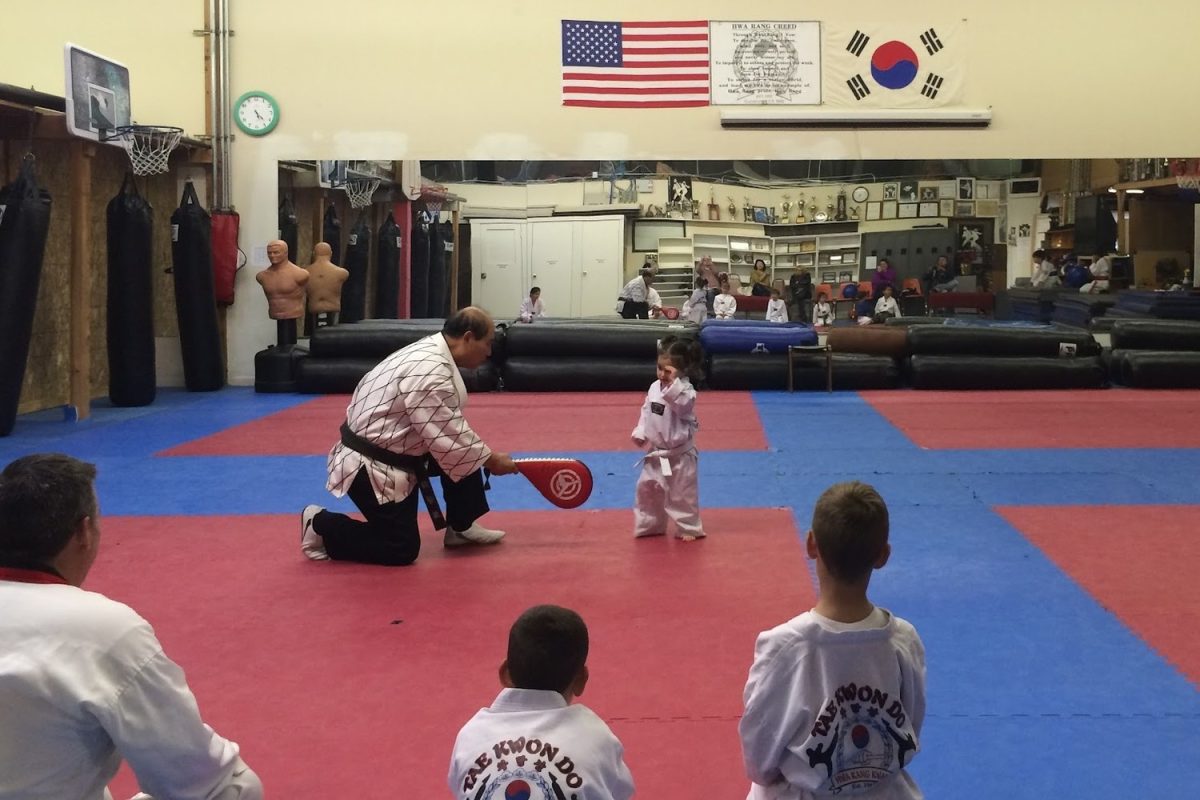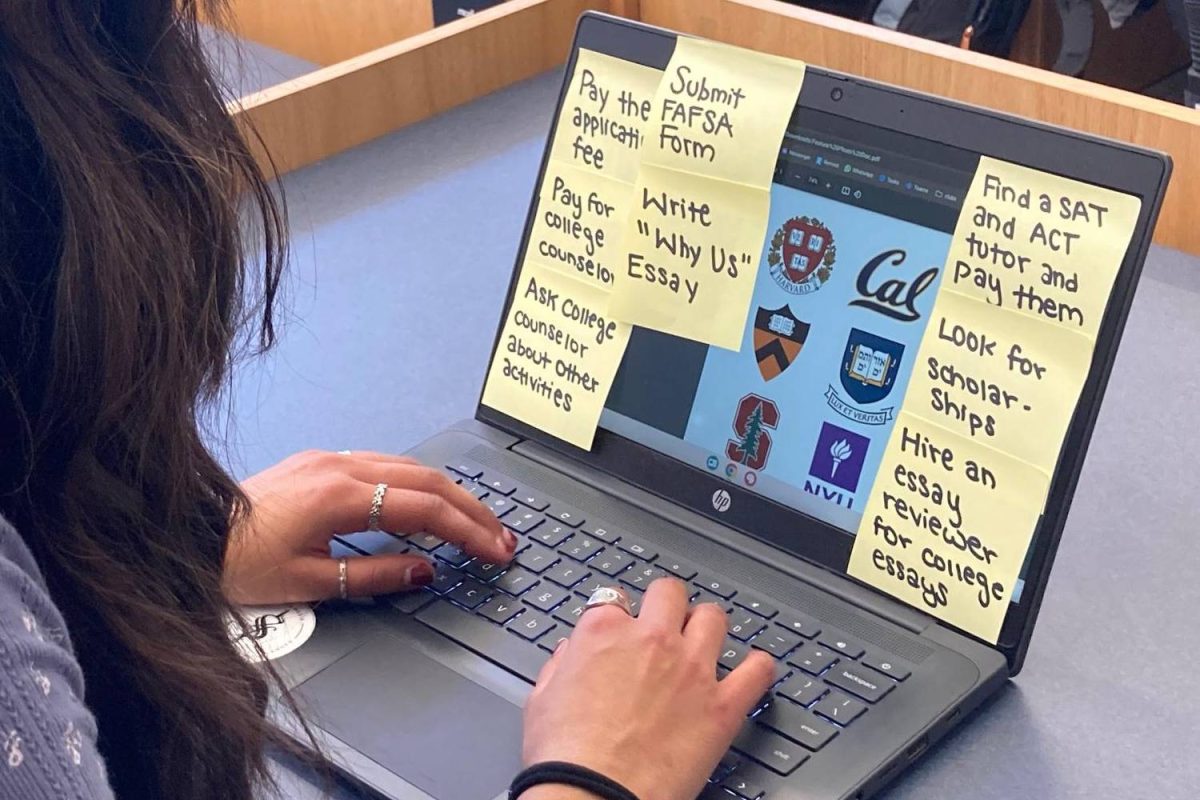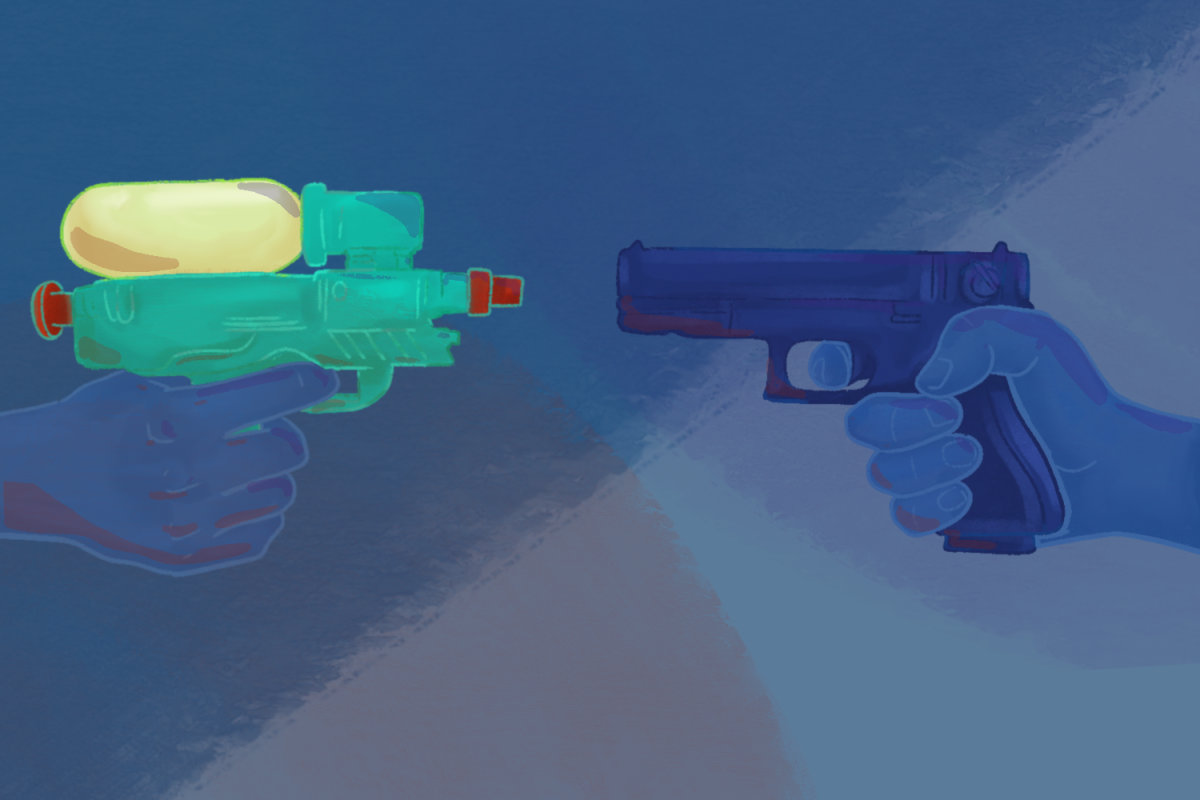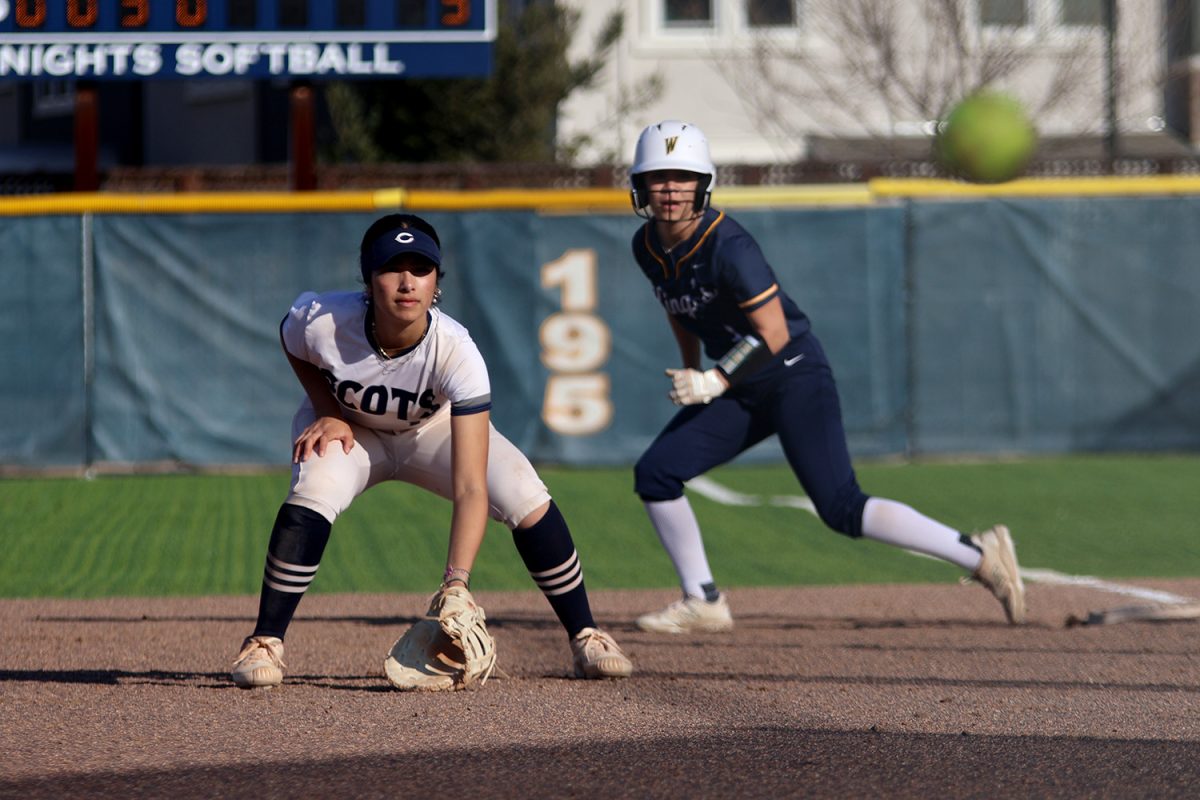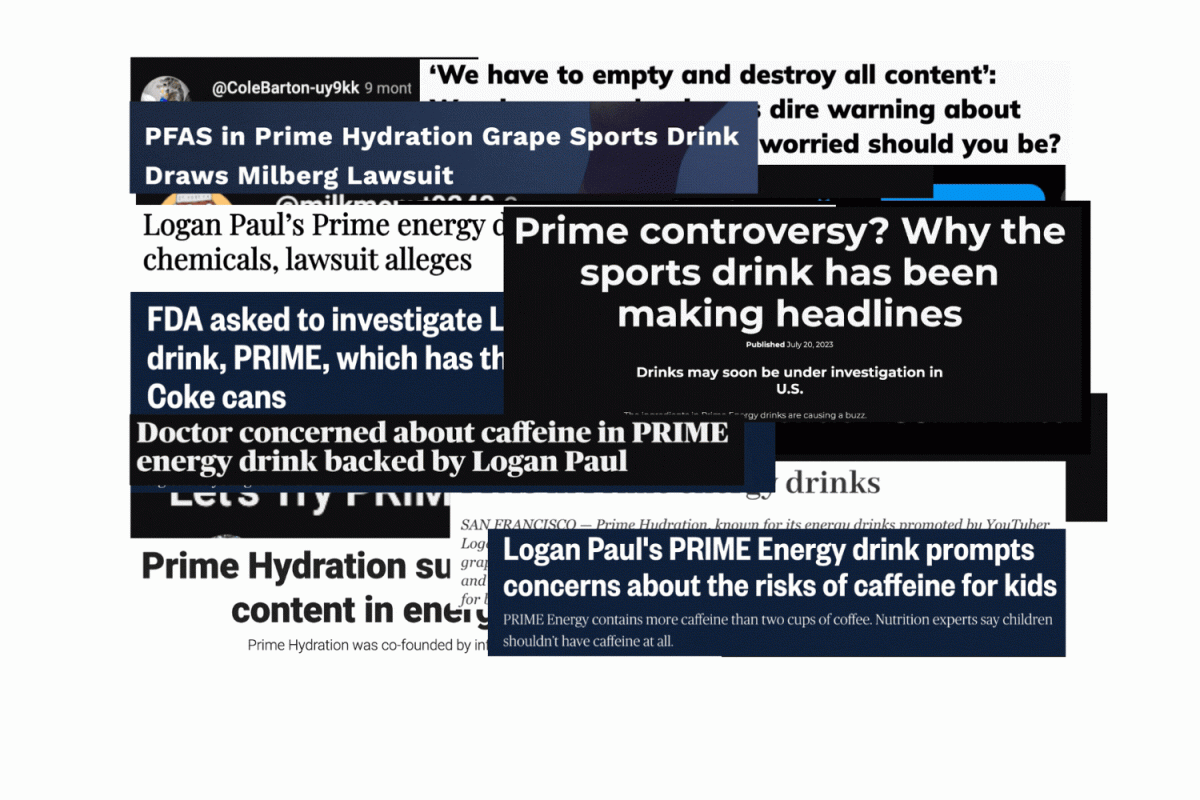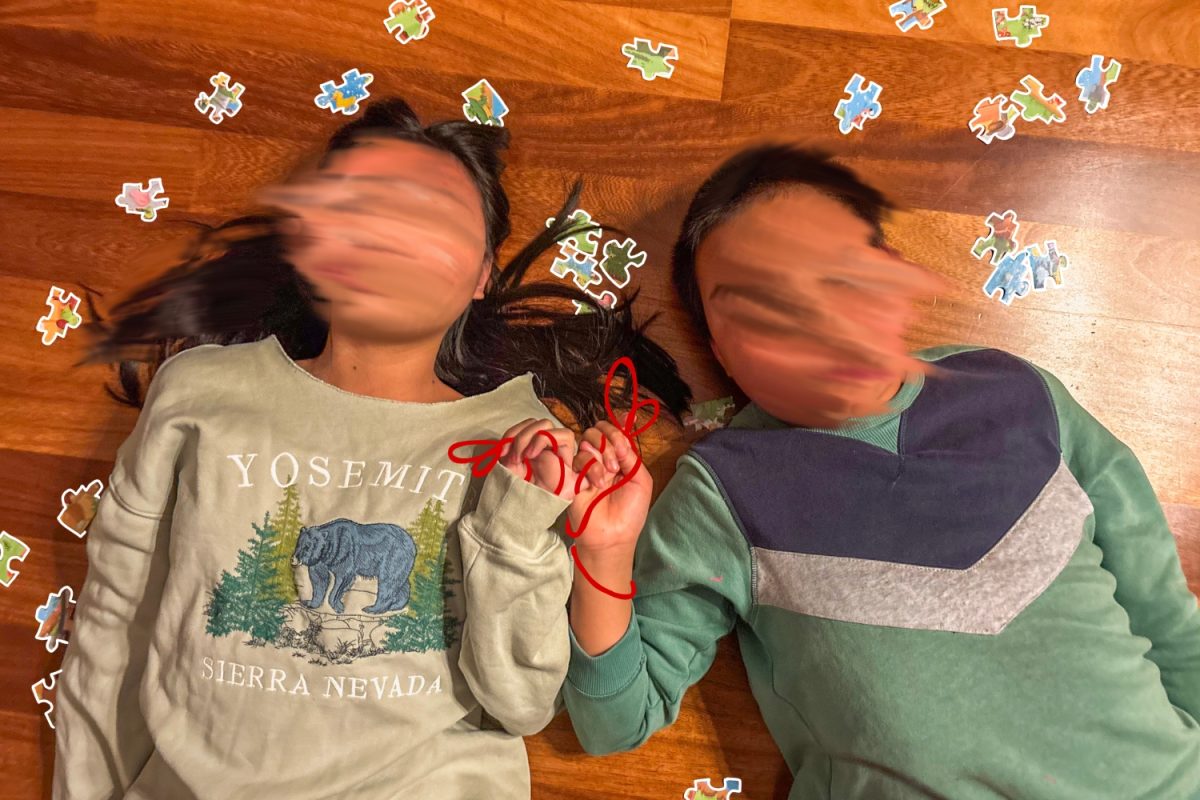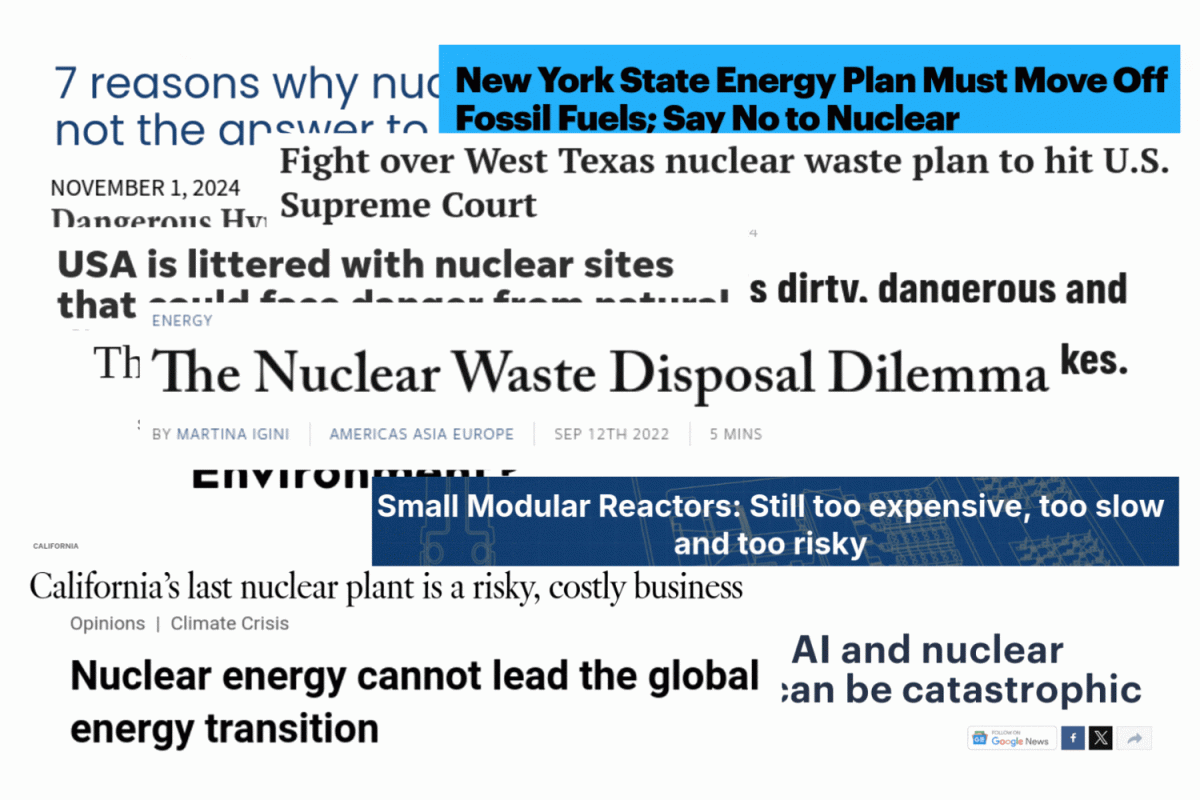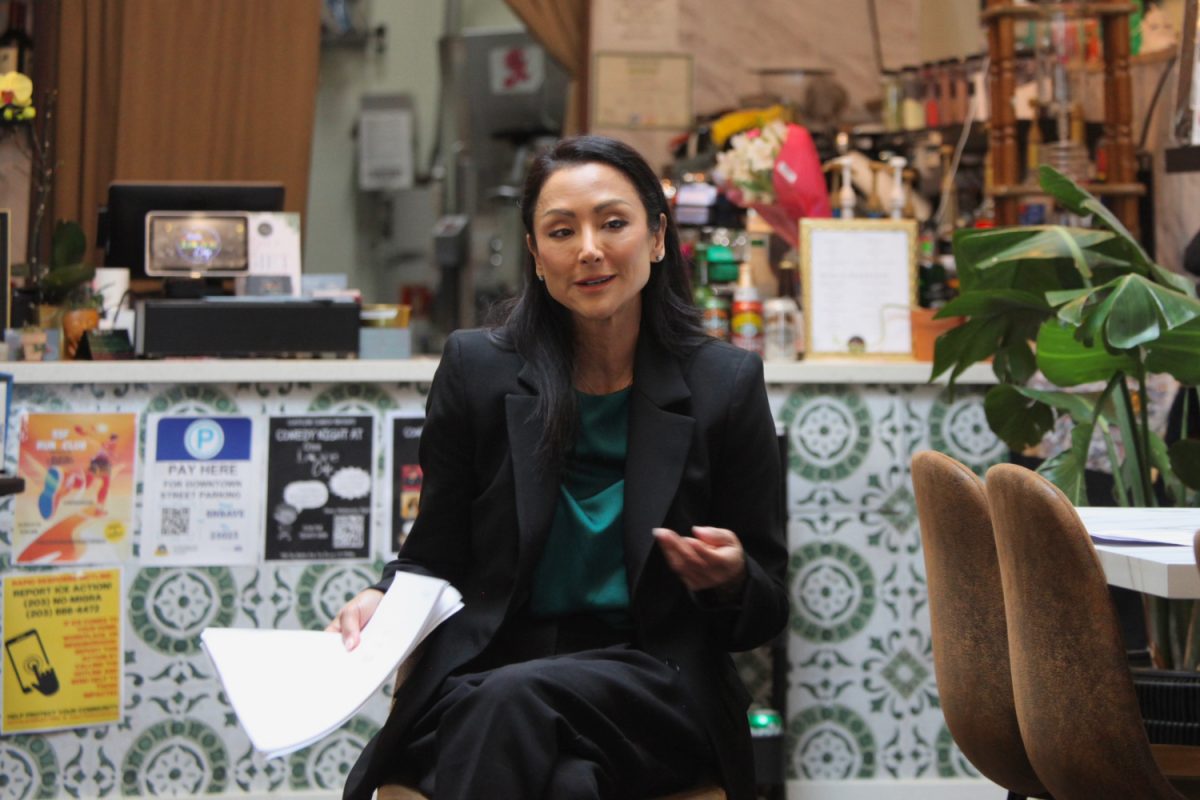Blank stares, tilted heads, and confused looks scatter the room. Everyone is talking about their favorite artist, maybe the latest song they released or a new post on Instagram, but when someone brings up an artist with previous backlash and questionable morals, the silence is loud.
In a time when cancel culture is so normalized, many people have to justify watching, listening, and reading media created by controversial artists. The use of social media has added another layer, as many things artists have done have resurfaced online. Putting these artists on pedestals and realizing that they don’t live up to the standard many people hold them to has made their downfall all the more emphasized.
Jermaine Ross Gitana, also known as G.Maine Ross, a music producer and a student at the Los Angeles College of Music, brings up how art, in the form of music, is presented to the public.
“Art is presented to people separately, so the artist is not what people tend to look at first,” Gitana said.
When it comes to smaller artists, the name isn’t usually attached to the art, but when an artist with a more prominent name gets put on blast, people have trouble ignoring the correlation between the two.
“It depends on the morals of people. Some people have different beliefs which can conflict with how comfortable they feel listening to the music created by a controversial artist,” Gitana said.
Each person will have different views on an artist and the art they produce, with factors such as one’s moral beliefs, how famous the artist may be, and even how good the art is that’s being enjoyed coming into play.
Ricardo Cobian Duarte is a musical artist and senior at Carlmont. With inspiration from artists like Billie Eilish, Samara Joy, and Laufey, he composes, writes, and produces his songs. He shared his outlook on the relationship between the creator and their work.
Duarte says that it is one’s own decision to be able to take the art and enjoy it as is without thinking about the controversies that surround the artist. The underlying issue that Duarte brings up is parasocial relationships regarding how people view artists.
“If a famous artist turns out to be controversial and a bad person, everyone freaks out because, under our standards, artists are supposed to be the spitting image of social and physical perfection. The reality is that none of them are perfect or even necessarily good people,” Duarte said.
Michael Jackson and Ye, formerly known as Kanye West, are some of the most famous artists of their genre. But Jackson’s many sexual abuse allegations and West’s antisemitic remarks have caused people to take a step back and reconsider their support for the artists.
“At the end of the day, the artist doesn’t know me, and I don’t know the artist. I don’t think it makes you a bad person if you listen to a controversial artist,” Duarte said.
When analyzing each artist and their situation, some argue that the art created by an artist is a reflection of themselves. Their beliefs, values, and passion are conveyed through the media they produce, making it impossible to separate the two.
“Art is always emotional. It’s at times logical, but art is never completely devoid of an outpour of emotion by the artist. I wouldn’t say that art is like a direct representation, but more so an impression of the artist you know at a specific time in their life,” said Karla Myn Khine, an adjunct professor at the College of San Mateo and Skyline College with a Master of Fine Arts in Creative Writing.
Khine follows up by stating that even though she has written poems in her life, looking back on them now, she can’t remember what the poem means or what it meant to her, even though it was important to her at some point in her lifetime.
Episodic, a band based in the Bay Area, explains how there can be a level of how much of an artist’s own experience contributes to a piece of art.
“There’s a spectrum. There is an amount that you put in from your own experiences and morals that influence your music,” said Danica Langit, a member of Episodic.
“You don’t always have to associate music with the artist. With the example of sampling, people don’t assume the sample belongs to a single artist,” said Joaquin Guzman, another member of Episodic.
There are both ends of the spectrum and range from heavily influenced to completely detached. “Sometimes the music an artist creates is not in direct relation to who that artist is or what they value, and I think it’s important to listen to music with that perspective in mind,” Duarte said.
However, this mindset only works for some, as individual experiences and preferences play a role in distinction.
“It’s impossible for me, personally speaking, to separate the art from the artist. That’s not to say that I conduct a background check every single time, but rather, I like to know everything about a story I’m reading, a poem, a song I’m listening to, or an album. Knowing the influences, the conditions, the circumstances that produce this,” Khine said.
Khine also adds that society often doesn’t consider that when someone streams a song, buys a book, or watches a film featuring or created by the artist; they support them since the artist continues to make a profit.
According to an article by The Washington Post this past February, “Ye’s latest success marks his 11th time leading the chart. ‘Vultures 1’ earned the equivalent of 148,000 in sales, which is measured by a mix of album sales, song downloads, and streams, according to Luminate. Most of the listens came from streaming, with nearly 170 million official streams.”
Despite Ye’s antisemitic remarks and his stolen samples from a 1983 live performance of “Iron Man,” many people continue to support him, fueling his profit.
“Enjoying art created by a controversial person isn’t inherently bad or good. That being said, I don’t think people realize how much power we collectively hold. In this post-modern, late-stage capitalist age that we live in, everything is a commodity,” Khine said. “Everything is a sale product. The truth of the matter is, it’s because of the support people give to controversial artists that allows them to wield power over their victims.”
A similar thought process goes into separating authors from their literary works. J.K. Rowling and Colleen Hoover have been the cause of online discourse regarding the line of separation.
Colleen Hoover has been criticized for normalizing abuse in her books, as well as ignoring the central message of domestic violence during the press tour of “It Ends With Us,” a film adaptation of her best-selling novel.
Rowling, the author of one of the most popular fantasy series, has also received hate for her numerous tweets promoting transphobia. Her backlash has caused many film and series supporters to stop buying official Harry Potter merchandise since she still profits from their purchases.
Many authors write from where they know best: their own experiences. Because of this connection, readers face the same struggle when searching for a separation between the author and their literary works.
“It’s mainly because, even for writing, it’s very personal. The art, specifically for authors or poets or anything like that, is their soul. So honestly, you can’t separate a writer from what they wrote because, essentially, it’s just like an extension of themselves,” said self-published poetry novelist Arianna Palmiery.
Looking at both literature and music, although authors and artists pull aspects of their own lives into their art, they can be seen as separate depending on the person.
“Shifting the focus away from the artist’s intention, from their biography, from their background, and analyzing instead what the art provokes, which is a process that cannot be entirely controlled by the artist. It is doable in situations where you want to fully engage with something,” Khine said.
When people begin to enjoy art for what it is rather than the artist attached to it, it is easier to find the line of separation. While outside factors may influence how people perceive an artist, art can be viewed separately. The connection between the two is deep and complex, differing between each artist, but the consumer is the ultimate determining factor of whether the art and artist can be separated.
“We all have the individual power to make a conscious decision to understand that we can separate art from an artist,” Duarte said.

